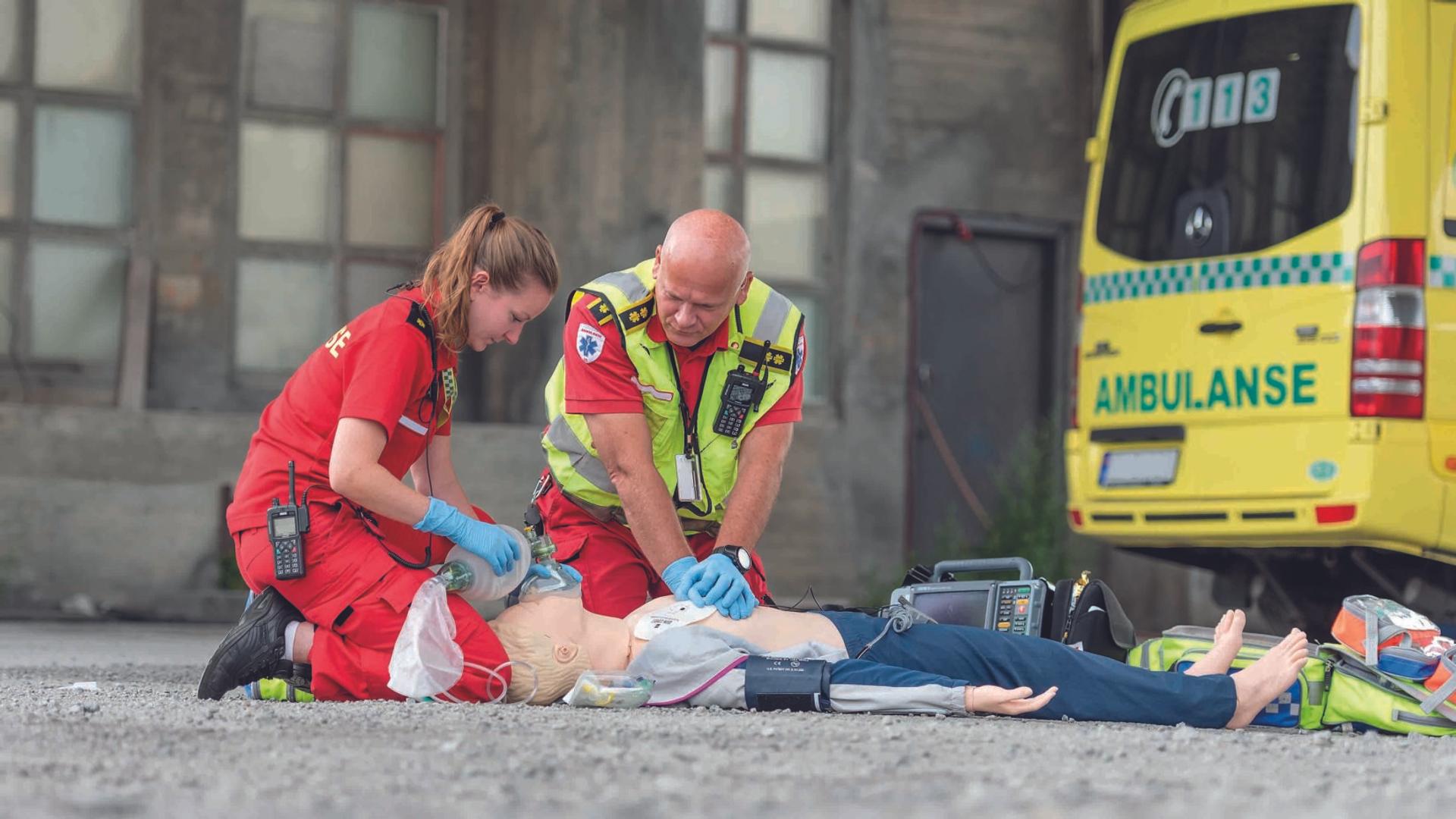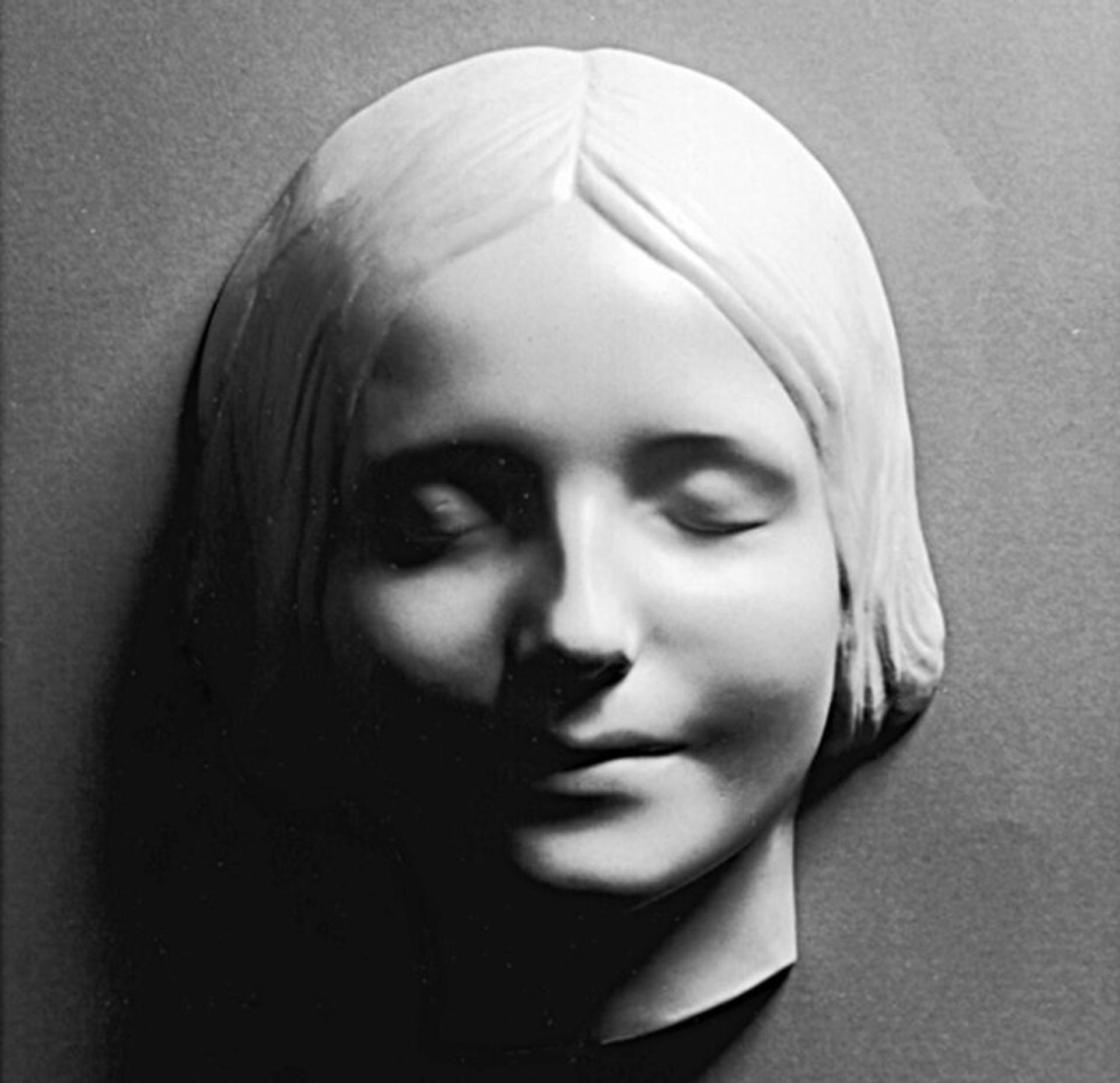The world’s most kissed girl

Thirty chest compressions, two rescue breaths – repeat until the ambulance arrives.
Most people know what cardiopulmonary resuscitation (CPR) involves. The CPR methods used today were developed the 1960s. Since then, more than 500 million people have been trained in CPR and countless lives have been saved around the world.
This may not have been possible without a Norwegian pioneer with a passion for life-saving techniques and lifelike toys. The doll he invented has helped to train the general public in resuscitation and kickstarted a global movement to save lives.
A pioneer in flexible plastic
The story behind the world’s most important doll began in the 1940s, with Åsmund Lærdal. He was a Norwegian entrepreneur who, after trying and failing to enter the publishing industry, found his passion in toymaking.
Obsessed with quality and extraordinarily innovative, Lærdal turned to a brand-new material – flexible PVC plastic – in an attempt to make his toys as lifelike as possible.
“He used to experiment with making plastic toys in the oven at home,” says his grandson Jon Åsmund Lærdal. He is also Senior Product Officer - Lifesaver Solutions at Laerdal Medical, the family company focusing on education, training and tech for resuscitating patients suffering from cardiac arrest.
Åsmund Lærdal’s tireless striving for perfection bore fruit. At the end of the 1950s, his company launched the Anne doll, which became a huge success thanks to its high quality and lifelike appearance. Next came the Tomte car. Over 100 million copies of the toy were produced, and it remains a collector’s item today.

Training had to appeal to people’s feelings
While Lærdal was revolutionising the toy industry, an Austrian physician by the name of Peter Safar made an important breakthrough in resuscitation science. The doctor developed a method of resuscitating people in cardiac arrest that everyone – not just health professionals – could learn.
This was the breakthrough that Åsmund Lærdal had been waiting for, according to grandson Jon.
“Åsmund lost his eldest daughter to a hospital-acquired infection. Just a few years later his son – my father – nearly drowned on a cabin trip at the tender age of two. Åsmund had to hold my father upside down and shake him to get the water out of his lungs. It was a traumatic experience that motivated him to spread the new and more effective life-saving techniques that had been developed at the end of the 1950s.”
Bjørn Lind, a pioneering anaesthesiologist then based in Stavanger, introduced Åsmund Lærdal to Peter Safar’s work on CPR. Lærdal’s reputation as the Michelangelo of flexible plastic made the two natural partners.
“Åsmund Lærdal believed that CPR training had to have a certain element of realism. Performing compressions and mouth-to-mouth on a stranger was far outside people’s comfort zone in the 1960s. A training manikin was needed. One that was designed for learning, but also for feelings – not just pure mechanics,” Jon explains.
“Åsmund was really focused on making her seem real. He almost went as far as using real hair,” he says.

From toy dolls to training manikins
Laerdal continued producing toys until 1978, but with the success of Resusci Anne, it became clear that the company’s future lay in resuscitation. The company changed its mission from “creating children’s joy” to “helping save lives” and changed its name from Åsmund S. Laerdal to Laerdal Medical.
“Åsmund was really focused on making her seem real. He almost went as far as using real hair.”
Jon Åsmund Lærdal
Chief Product Officer - Lifesaver Solutions, Laerdal Medical
Today the company has a total of 1 750 employees in 27 countries and is still growing. Laerdal Medical has a broad portfolio of physical and digital products and services for resuscitation, simulation, training and patient safety.
“Our strategy is to save the lives of 500 000 patients each year, by improving patient safety and recovery from cardiac arrest and by saving more babies and mothers during childbirth. Our vision s to help our partners to save 1 million lives a year by 2030,” says Jon Åsmund Lærdal.
Research projects in acute medicine
Laerdal Medical is not the only player working to achieve this goal. The year before he died, Åsmund Lærdal established The Laerdal Foundation, which allocates a portion of the company’s revenues to research projects in acute medicine. The foundation has been joined by the recently established venture capital fund, Laerdal Million Lives Fund, and the NGO Laerdal Global Health, which works to improve mother and child health in low-resource settings.
“There are still too many babies and mothers dying in childbirth. But with proper training we can do something about it. Some 7 000 babies and 700 mothers die from birth-related complications each day. Many could have been saved through safer births and better resuscitation. We were involved in the Helping Babies Breathe project in Tanzania.
We learned that a training programme in airway opening, ventilation and CPR methods could reduce mortality by 47 per cent.”
According to Jon Åsmund Lærdal, the core mission of Laerdal Medical and its affiliated organisations remains resuscitation. He and the rest of the Lærdal family remain passionate about continuing Åsmund’s life’s work.
“I was once out in the field and met someone who perform CPR on his own father just weeks after learning it. We have heard many similarly intense experiences,” he concludes.
Emotional real-life stories such as these is what inspires Laerdal Medical to stay at the forefront of resuscitation technology to this day.

